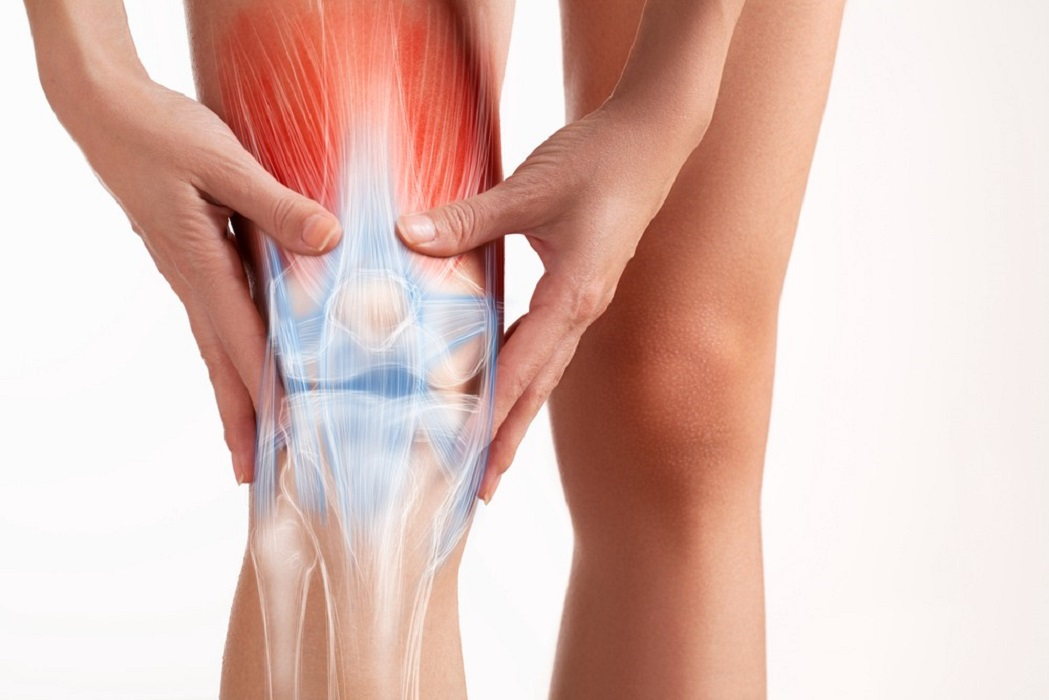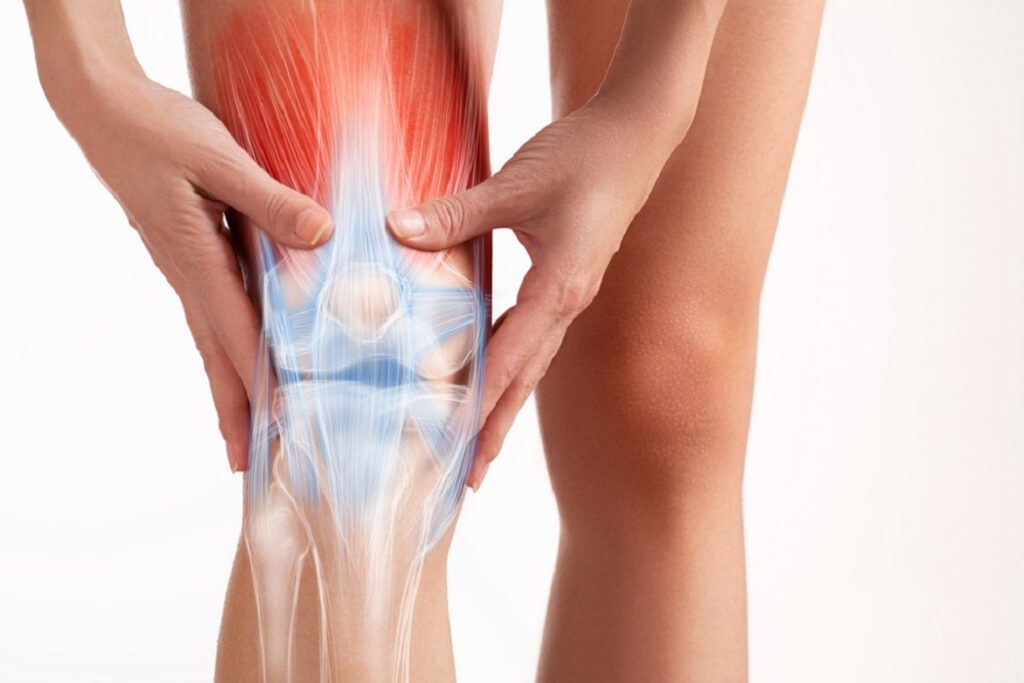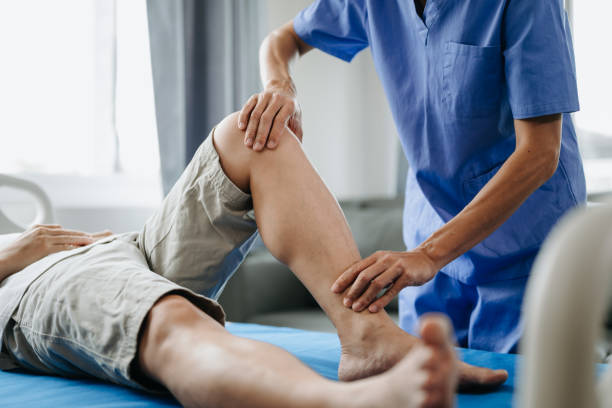Orthopaedic Physiotherapy

What is Orthopaedic Physiotherapy?
Orthopaedic Physiotherapy focuses on orthopaedics and the treatment of musculoskeletal conditions, which include joints, muscles, bones, ligaments, and tendons. It diagnoses, manages, and cures musculoskeletal disorders and helps patients recover from orthopaedic surgery. Any condition that causes pain or restricted functional mobility as a result of an injury to your body’s bony or soft tissue structures may benefit from the skilled services of orthopaedic Physiotherapy.


Conditions treated under Orthopaedic Physiotherapy
… Sports Injuries, Ligament Strain, Sprain or tear
… Fracture Rehabilitation
… Inflammation of tendons or Bursa
… Osteo -Arthritis
… Rheumatoid – Arthritis
… Osteoporosis
… Anklyosing Spondylitis
… Scoliosis
… Spondylolisthesis
… Spondylolysis
… Posture Related Issues
… Surgical Rehabilitation of Hip,Shoulder,Knee and Foot/Ankle
Physiotherapy Treatments of Orthopaedic Conditions
Physiotherapy treatments of Orthopaedic Conditions can include the following:
Ultrasound Therapy: A machine that generates ultrasonic waves that are transmitted into the affected area via conducting gel. This, in turn, causes a micro-massage effect, which promotes circulation, reduces pain, increases tissue regenerative abilities, and aids in muscle relaxation.
Interferential Therapy: This is an electrical current delivered to the injured area via two or four electrodes. It sends two opposing currents into the body part. It can be used to alleviate pain. Reduce swelling and speed up the healing process.
Rehabilitation Programme: Physiotherapy exercises are scientifically designed to improve your posture, increase the mobility of your spine and joints, and reestablish and strengthen the muscle groups that support your bones. This will be customised and graded to ensure that you realize your full potential, this is also an essential step in your recovery.
Neuromuscular Stimulation: An electrical machine that uses variable currents and electrodes to strengthen very weak muscles. This is extremely beneficial after knee surgery to strengthen the muscles that support the knee.
Manual therapy: It includes techniques such as mobilisation, muscle manipulation, and other related techniques.
Taping: Taping for joint support or alignment relieves pain and allows for normal movement.


Benefits of Orthopaedic Physiotherapy?
… Reduces Pain
… Builds Strength
… Promotes Healing
… Improves Balance
… Improves Joint Movement and Mobility
… Improves Muscle or Joint Flexibility
… Unnecessary Surgeries can be avoided
FAQ
What is orthopaedic physiotherapy?
Orthopaedic physiotherapy is a specialized branch of physiotherapy focused on the treatment of musculoskeletal conditions. It involves the assessment, diagnosis, and treatment of issues related to muscles, bones, joints, and ligaments.
What conditions can orthopaedic physiotherapy treat?
Orthopaedic physiotherapy can treat a wide range of conditions, including but not limited to:
- Arthritis
- Fractures
- Sports injuries
- Post-surgical rehabilitation
- Back and neck pain
- Tendonitis
- Sprains and strains
How does orthopaedic physiotherapy help with pain management?
Orthopaedic physiotherapy helps manage pain through various techniques such as manual therapy, exercise, electrotherapy, and education on posture and movement strategies to prevent further injury.
What can I expect during my first orthopaedic physiotherapy session?
During your first session, the physiotherapist will conduct a thorough assessment, which may include a discussion of your medical history, a physical examination, and possibly some diagnostic tests. Based on this assessment, they will develop a personalized treatment plan for you.
How long does a typical orthopaedic physiotherapy session last?
A typical orthopaedic physiotherapy session lasts between 30 to 60 minutes, depending on the specific treatment required and the individual’s condition.
How many sessions will I need?
The number of sessions required varies based on the severity of the condition, the individual’s response to treatment, and their progress. Your physiotherapist will give you a better idea after the initial assessment.
Do I need a referral from a doctor to see an orthopaedic physiotherapist?
While a referral is not always necessary, it can be beneficial, especially if your treatment is to be covered by insurance. It is best to check with your insurance provider and the physiotherapy clinic’s policies.
Are there any side effects or risks associated with orthopaedic physiotherapy?
Orthopaedic physiotherapy is generally safe and non-invasive. However, some patients may experience mild soreness or discomfort after certain treatments or exercises, which usually subsides within a day or two. Your physiotherapist will monitor your response to treatment and adjust as necessary.
What should I wear to my orthopaedic physiotherapy sessions?
It is recommended to wear comfortable, loose-fitting clothing that allows easy movement. For example, athletic wear such as shorts, t-shirts, or yoga pants are suitable.
How can I maximize the benefits of my orthopaedic physiotherapy treatment?
To maximize the benefits, follow your physiotherapist’s advice and home exercise program diligently, maintain a healthy lifestyle, and communicate openly about your progress and any concerns you may have.

